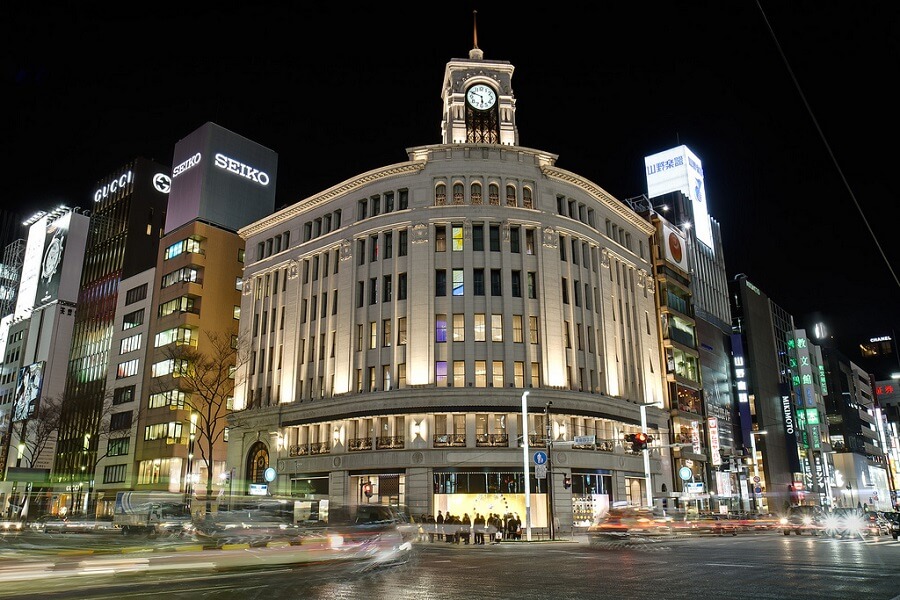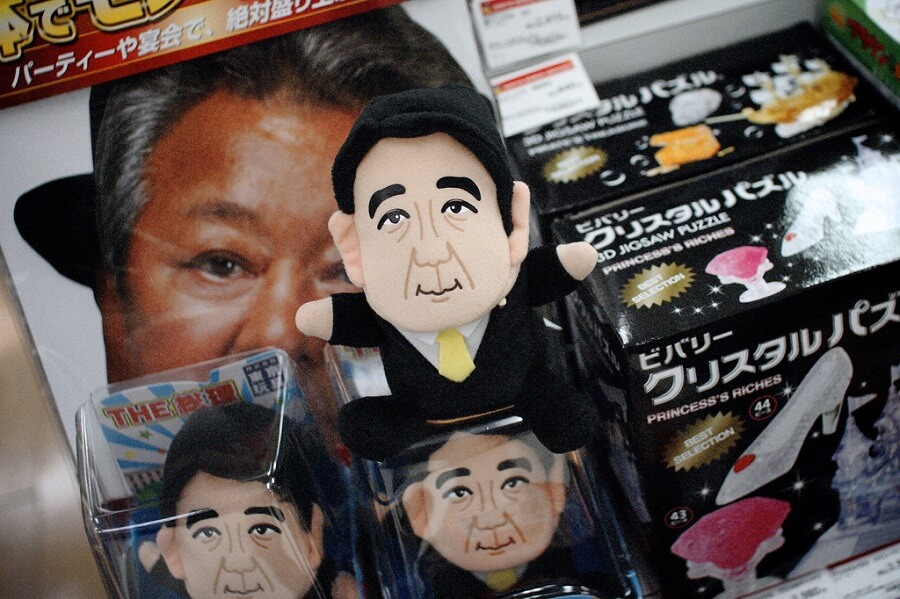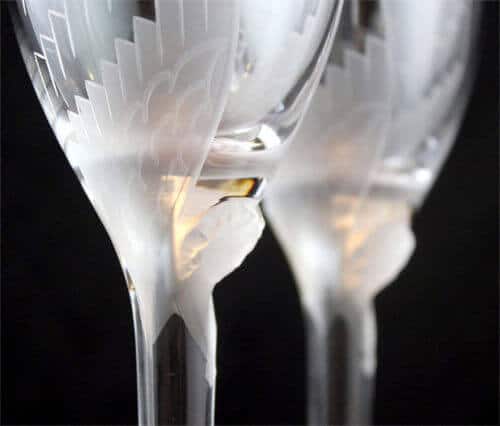Chinese big spenders are such a common sight in Tokyo that the Japanese have already anointed their Asian neighbors with an appropriate name. Chinese shoppers are called Bakugai, or explosive buyers of Japanese products, especially electronics and cosmetics. However, some of that impressive purchasing power was bound to shift to the high-end market. And it did. The Japanese luxury market is a pool for Chinese money.
A report called ‘25 Predictions for the Luxury Goods Industry in 2016’ has been released this year by Euromonitor International, a London-based market research firm. It shows that the Chinese consumers are hitting the Island of the Rising Sun in ever growing stronger waves. The sudden rise means a smashing growth in value of the Japanese luxury goods market. From $20.9 billion to $26.1 billion.
Furthermore, the Japan National Tourism Organization that makes monthly estimations released the latest figures. 730,000 Chinese have flocked the country this summer alone.
Japanese Luxury Brands Are Crossing the East China Sea

The luxury market in Hong Kong is losing its hold or appeal on Chinese shoppers. It’s not necessarily a matter of higher-quality Louis Vuitton bags hitting the Ginza district in Tokyo. The cheap yen is the new trend to harness the Chinese crowds in the haute couture shops of Mitsukoshi. Here is the oldest surviving department store chain in Tokyo and a favorite for binge shopping.
We’re not in favor of promoting conspiracy theories. However, history shows us the market moves less in mysterious ways than spurred on the profit trail by certain parts advancing their own interests. Take the example of the two main Japanese airlines, ANA and JAL. They have decided to allow for double-baggage on economy-class flights from China to over the sea Tokyo. Seeing this logistic barrier fall, Chinese tourists felt even more motivated to binge on high-end shopping.
The Japanese government threw a further bait by easing up on the bureaucratic visa processing. In 2015, they handed out 3.78 million visas to Chinese nationals. That is an increase of up to 85 percent from 2014.
Abenomics – A Policy that Backfired

Governmental policies have caused the yen to decrease against the dollar. Abenomics, or the economic revival programme of Prime Minister Shinzo Abe, has seen the Japanese market tumble from its relative safety vantage point in 2012 to test-the-ground policies that benefited Chinese and other Asian consumers rather than Japanese citizens.
Haruhiko Kuroda had been entrusted by the Prime Minister with leading the Bank of Japan and flooding the economy with cash. His policies though may have given a push to corporate profits –luxury retailers included. The Bank of Japan purposefully generated a 2% inflation in the hope that investors will then stick to their end of the deal. That implied bringing the big money into the developing sector, raising wages and supporting technological growth.
To indulge in a bit of stereotypical comment, the Bank of Japan just committed hara-kiri. Or at least attempted hara-kiri. The cheap yen did not see native shoppers invade the Japanese luxury brands in the Ginza district. Japanese are clearly not conforming to their government’s vocal incentives to buy, buy, buy! Rather, they further tightened the belt while it fell to their wealthier neighbors to raid the high-end retailers dry.


